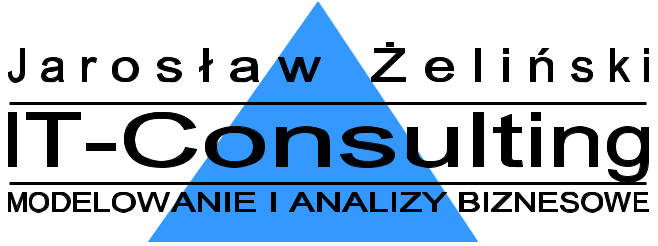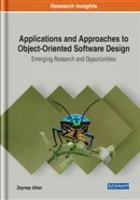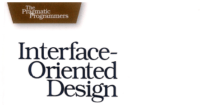MVC a etapy projektowania aplikacji HLD i LLD – Czym jest Architektura Systemu
W perspektywie krótkoterminowej architektura oprogramowania pomaga zredukować czas i koszty rozwoju.W dłuższej perspektywie architektura oprogramowania pomaga zredukować koszty utrzymaniu. https://medium.com/@learnwithwhiteboard_digest/basics-of-software-architecture-a-guide-for-developers-8098a76881ca Wstęp W 2017 roku pisałem dość ogólnie o logice wzorca…








